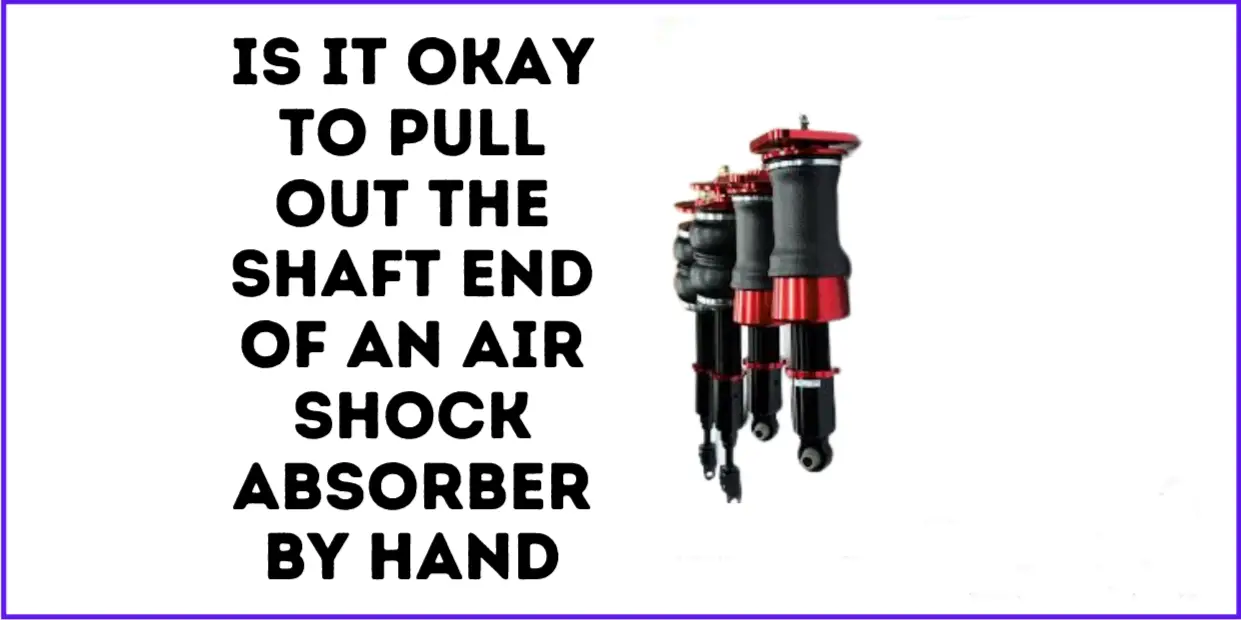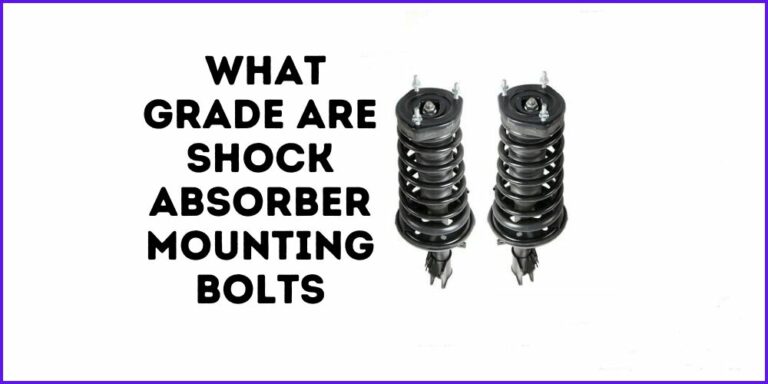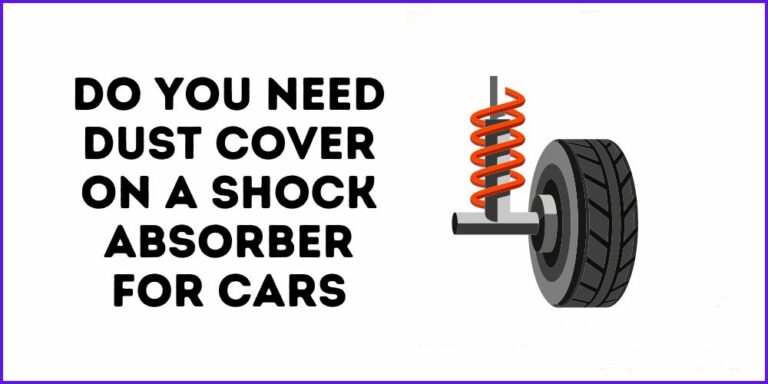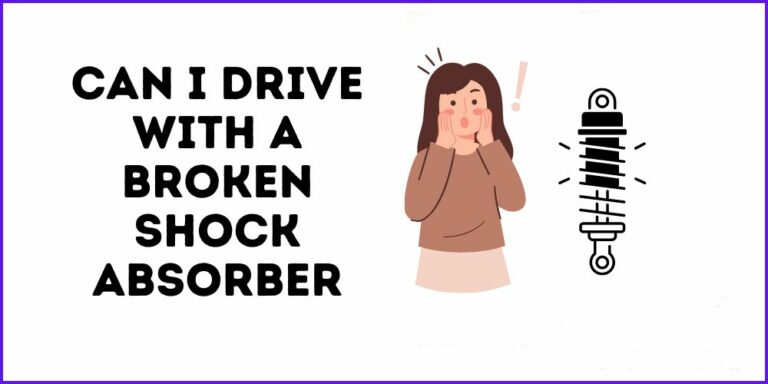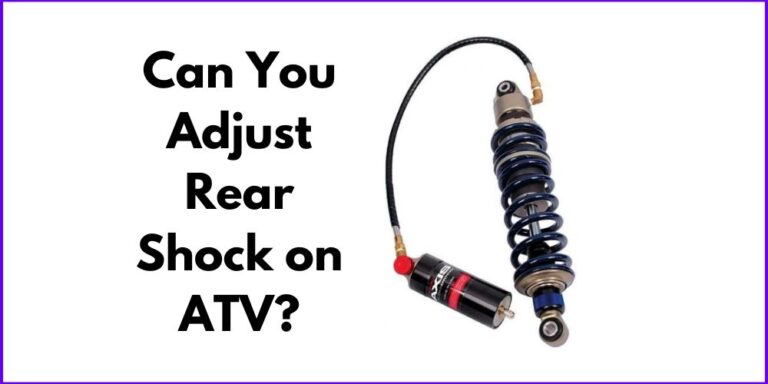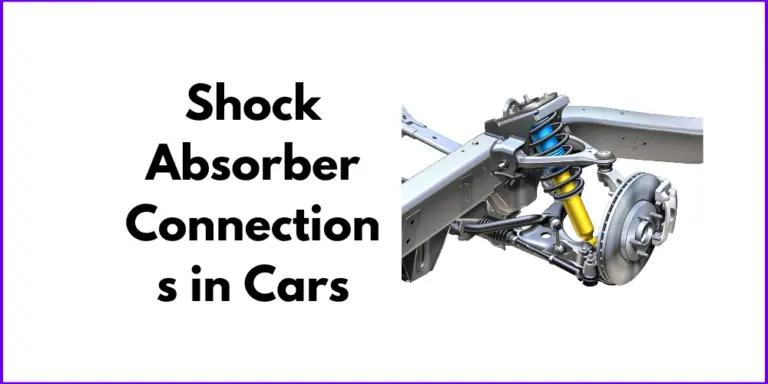For automotive technicians and do-it-yourselfers alike, the question of whether it is safe to pull out the shaft end of an air shock absorber by hand is one that is often asked.
Pulling out the shaft end of an air shock absorber is a process that requires a certain amount of skill and knowledge, and it is essential to understand the potential risks and safety measures that should be taken when attempting to perform this task.
This post will discuss the risks associated with pulling out the shaft end of an air shock absorber by hand and provide advice on the best way to approach the job safely and effectively.
Is It Okay To Pull Out The Shaft End Of An Air Shock Absorber By Hand?
Pulling out the shaft end of an air shock absorber is not recommended by hand. Doing so can cause the internal components of the shock to become damaged, leading to the premature failure of the shock.
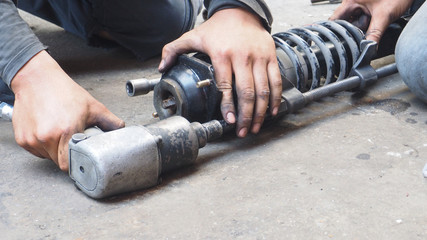
Instead, it’s important to use the proper tools to remove the shaft. Doing so allows the shock to be removed safely and without damage, ensuring it is still in good condition when it is re-installed.
Additionally, it’s important to follow any manufacturer’s directions when removing or installing a shock absorber, as this can also help to prevent any damage or premature failure.
The Risks of Pulling Out the Shaft End of an Air Shock Absorber by Hand
Pulling out the shaft end of an air shock absorber by hand can result in several risks, including:
1. Damage to the shock absorber
Pulling out the shaft end by hand can cause damage to the internal components of the shock absorber, such as the seals and bushings. This can lead to leaks and reduced performance.
2. Risk of injury
Attempting to remove the shaft end by hand can be dangerous and may result in cuts, bruises, or sprains.
3. Possible leakage of air or oil
If the shock absorber is damaged during the removal process, it may leak air or oil, which can cause further damage to the suspension system.
4. Reduced Performance
If the shock absorber is damaged, it will not perform as intended and can cause the vehicle to handle poorly and leading to premature tire wear.
5. Expensive Repair
If the shock absorber is damaged, it will need to be replaced, which can be expensive.
Proper Procedure for Removing the Shaft End of an Air Shock Absorber
The proper procedure for removing the shaft end of an air shock absorber includes the following steps:
Gather the necessary tools and equipment: You will need a set of wrenches or sockets, a spring compressor, and possibly a shock absorber tool specific to your vehicle.
Secure the vehicle: Make sure the vehicle is securely supported and cannot move during the process.
Compress the spring: Use the spring compressor to compress the spring on the shock absorber. This will release the tension and make it easier to remove the shaft end.
Remove the upper mount: Use the appropriate wrenches or sockets to remove the upper mount and disconnect the shock absorber from the vehicle.
Remove the shaft end: Once the upper mount is removed, the shaft end can be pulled out of the shock absorber. Make sure to hold the shaft steady while removing it to avoid damaging the internal components.
Disassemble the shock absorber: If you need to disassemble the shock absorber further, make sure to refer to the manufacturer’s instructions or seek the help of a professional.
Reassemble and reinstall: Once you have finished your repairs or maintenance, reassemble the shock absorber and reinstall it on the vehicle. Make sure to properly torque all the bolts and check for any leaks or damage.
What Can Damage a Shock Absorber?
A shock absorber can be damaged by a variety of factors, including:
- Wear and tear from regular use
- Exposure to harsh weather conditions or road salt
- Leaking oil or other fluids
- Impact or collision damage
- Rust or corrosion
- Overheating due to excessive use or lack of lubrication
- Improper installation or maintenance
- Worn or damaged suspension components
- Using a shock absorber that is not designed for the specific make and model of the vehicle.
Can A Car Run Without a Shock Absorber?
A car can technically run without shock absorbers, but it would not function properly and would not be safe to drive.
Shock absorbers are an important component of a vehicle’s suspension system, and their main function is to dampen the movement of the springs and wheels as the car travels over bumps and uneven surfaces.
Without shock absorbers, the springs would continue to bounce, causing the car to bounce and sway excessively, making it difficult to control and increasing the risk of accidents.
The lack of shock absorbers would also cause increased wear and tear on the tires, suspension, and other car components. In short, driving a car without shock absorbers is not recommended.
What Causes Shock Absorbers To Leak?
Shock absorbers can leak for different reasons, including:
- Worn seals: Over time, the seals that keep the oil inside the shock absorber can become worn, allowing oil to leak out.
- Damage: Impact or collision damage can cause the shock absorber to develop a leak.
- Corrosion: Rust or corrosion can also cause leaks in the shock absorber.
- Overheating: If the shock absorbers get too hot, the oil inside can start to break down, which can cause leaks to develop.
- Improper installation: If the shock absorbers are not installed properly, they may not seal properly and can start to leak.
- Old age: Like any mechanical component, shock absorbers will wear out over time, which can cause leaks to develop.
Conclusion
Pulling out the shaft end of an air shock absorber is not recommended by hand. The shock absorber must be disconnected from its mounting points and then disassembled with the help of a specialized tool.
Doing this will help ensure that the shock absorber is not damaged and that no personal injury occurs during the removal process.

